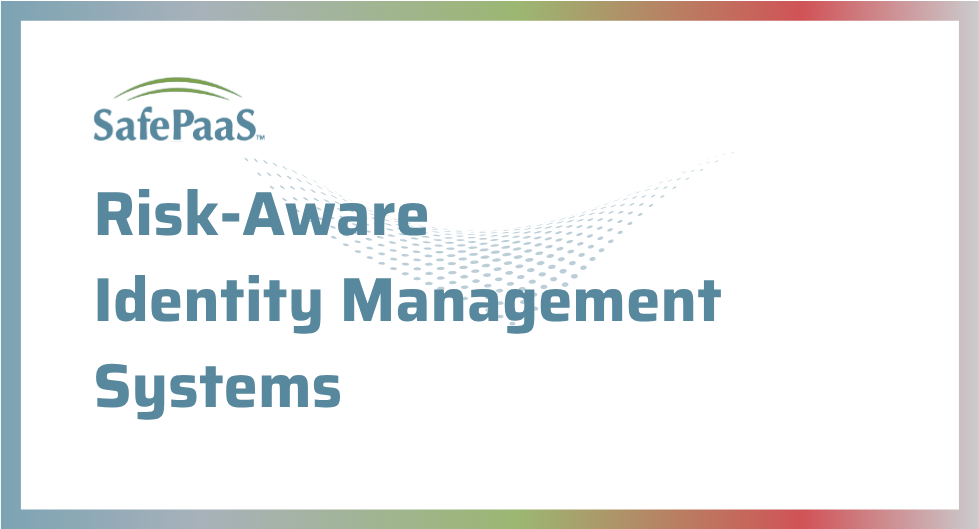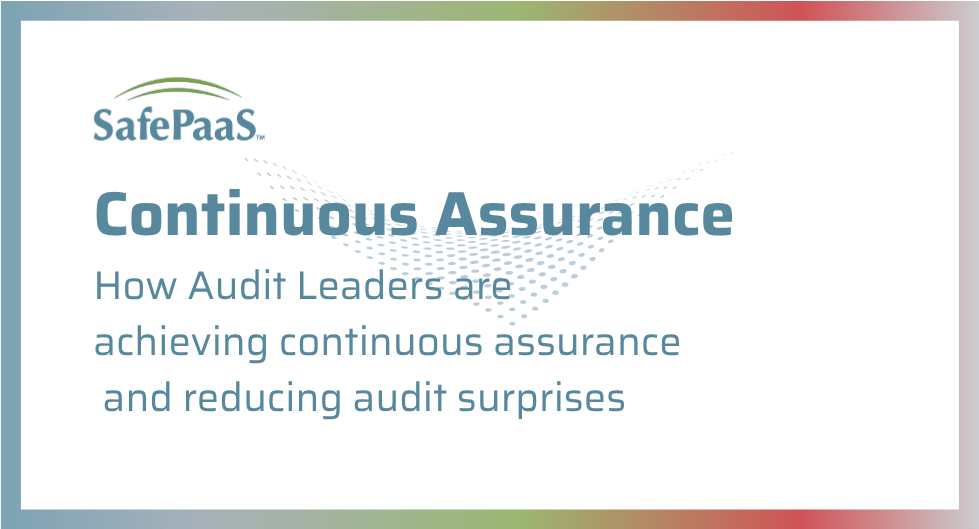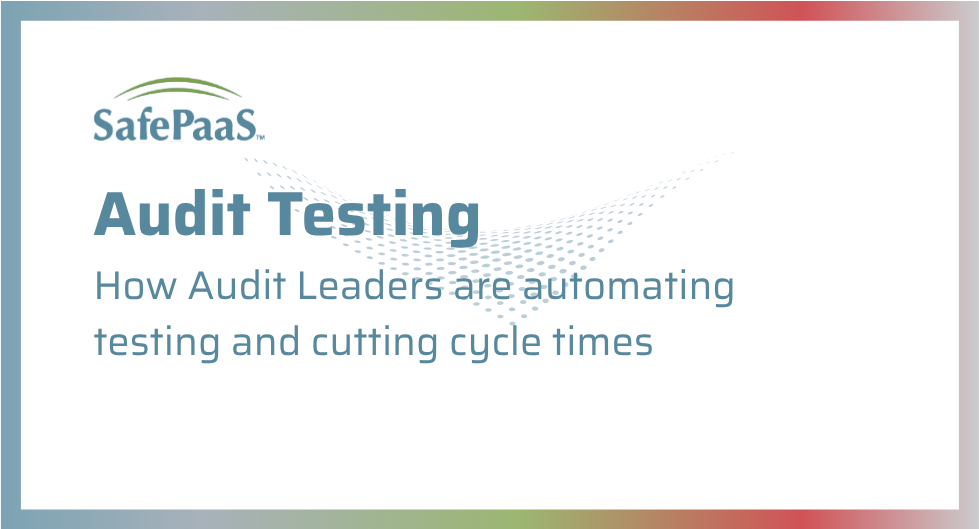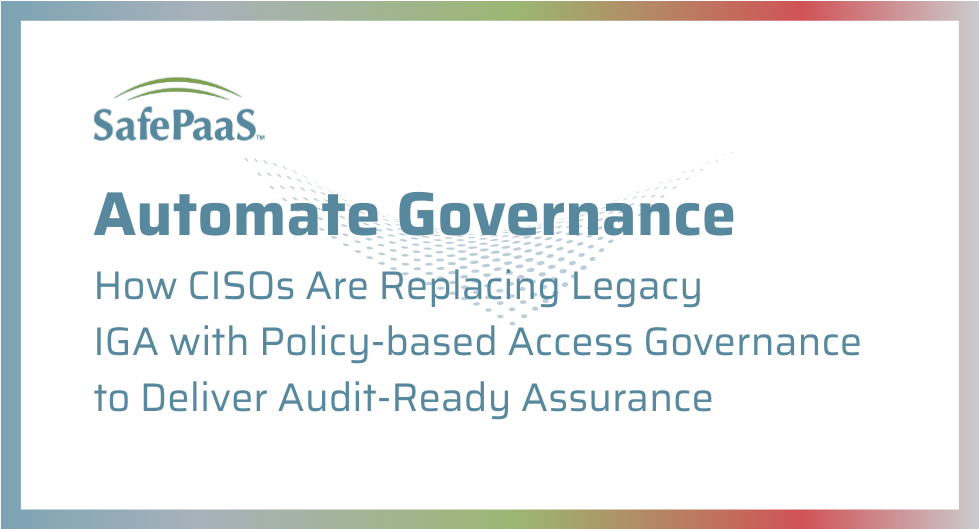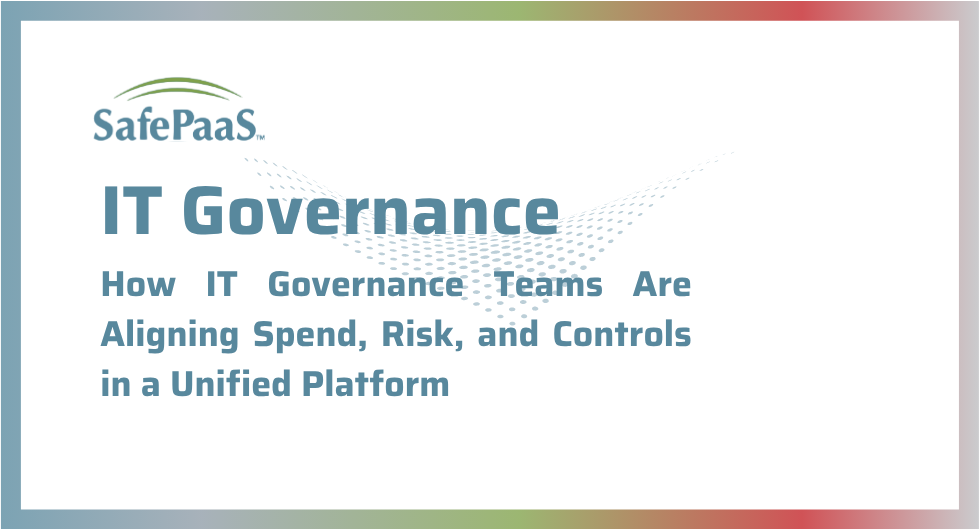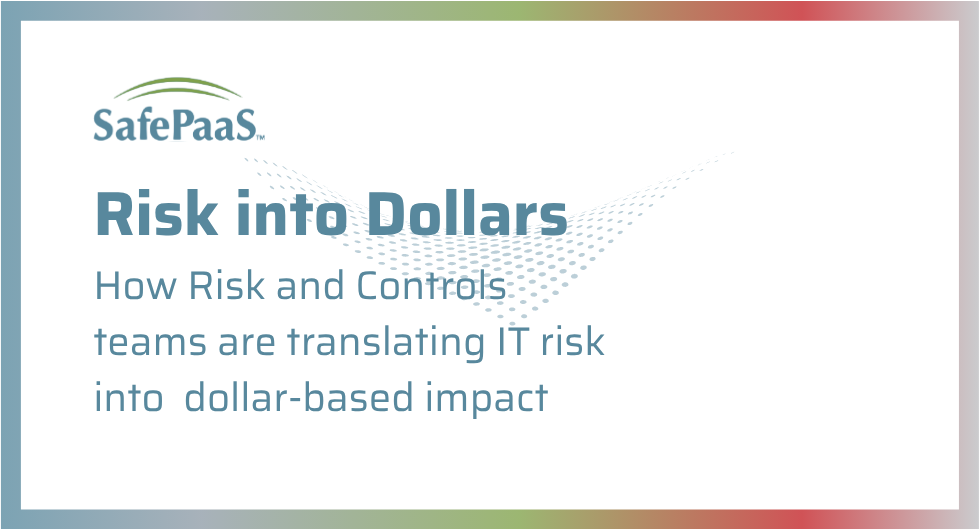An identity management system isn’t just a pipeline for logins; it’s the frontline between enterprise growth and real, business-stopping risk. Every week brings headlines of breaches fueled by stolen credentials or overprivileged accounts, costing millions, undermining customer confidence, and bringing business to a halt. If employees, contractors, or bots can access company resources, your brand, data, and future are only as secure as your ability to manage their identity—and attackers know it.
Modern enterprises face a digital landscape where the perimeter has vanished. Identities are everywhere: in the cloud, on mobile devices, in SaaS platforms, and embedded in automated workflows. Static, one-size-fits-all access models are no match for today’s sophisticated threats and compliance demands. That’s why more organizations are quickly adopting risk-aware identity management, using real-time analytics, securing every access point, and applying policy-based, fine-grained controls that automatically adjust permissions based on the risk and context of each request.
Waiting is not an option. Attackers are exploiting even minor lapses in governance, regulators are escalating penalties for privilege misuse and data exposure, and every delay increases the risk of a catastrophic business disruption. This is no longer about ticking an IT box; it’s about protecting reputation, accelerating growth, and staying resilient in the face of constant change.
The following blog explains why now is the ideal time to upgrade, what sets the modern identity management system with integrated PAM and risk-aware capabilities apart, and how enterprise leaders are achieving measurable returns by adopting adaptive, risk-driven identity strategies.
The Limitations of Traditional Identity Systems
Early identity management systems solutions primarily focused on basic authentication and provisioning for a limited number of applications and networks. Today, this is not enough. The modern digital business operates on a hybrid cloud, utilizes hundreds of SaaS applications, employs remote teams, relies on third-party contractors, and navigates a web of non-human identities. Here’s why traditional tools falter:
- Limited Integration and Slow Onboarding: Older identity and onboarding systems frequently struggle to support both SaaS platforms and on-premises environments due to incompatibilities and fragmented data mapping. Manual user mapping, slow integration, and mismatched APIs can result in significant onboarding delays and create blind spots in security coverage across hybrid architectures.
- Static, Role-Based Access Only: Static RBAC grants users fixed roles, ignoring real-world context, risk, device, or behavior. This “one-size-fits-all” model creates vulnerabilities for attackers and leads to privilege creep, where permissions accumulate unchecked. Enterprises are shifting to fine-grained, policy-based models that dynamically grant or restrict access based on business rules and risk.
- Fragmented Visibility and Siloed Accounts: Without centralized oversight, privileged accounts become scattered and inaccessible, leading to increased risk and complexity. These “hidden doors” are prime targets for attackers and root causes of audit failures.
- No-Risk-Aware Intelligence: Traditional identity management often lacks real-time analytics or risk-aware scoring, meaning security teams can’t rapidly detect anomalous behavior or prioritize threats.
Example: Following the Post-SolarWinds breach, a $2B SaaS vendor discovered that old systems failed to alert when a dormant, privileged service account was reused for suspicious activity. Only after months of investigation did they realize that multiple accounts in use had excessive and persistent privileges that should have been revoked.
Business and Security Drivers for Modernization
1. Multi-Point Security for Cloud and Hybrid Environments
A single data center no longer binds enterprises. Identities access resources from everywhere, and workloads span infrastructure such as AWS, Azure, Google Cloud, SaaS, and private servers. This interconnected reality demands multi-point security, with continuous and centralized identity protection everywhere.
2. Risk-Aware Identity Management for a New Era of Threats
Modern cyberattacks focus on identity: phishing, credential stuffing, lateral movement, and privilege escalation. Enterprises defend themselves using risk-aware identity management systems, which assess situational threats, factor in behavioral analytics, and adjust access permissions accordingly.
3. Compliance and Audit: Fine-Grained, Policy-Based Controls
Regulators now expect policy-based, fine-grained controls and audit-proof reporting. Can your system provide user-level access logs for every critical action, across legacy, cloud, and SaaS environments? Risk-aware Identity Management Systems use fine-grained policies (e.g., attribute-based access control) to restrict data down to the field, transaction, or workflow.
4. Operational Efficiency and the Employee Experience
Old systems slow productivity. Modern Identity Management Systems automate onboarding, access requests, and recertification—eliminating manual bottlenecks and errors. Self-service and SSO, as part of policy-based frameworks, empower employees without sacrificing oversight.
The Persistent Problem: Identity Fragmentation
With hundreds of entry points and systems following years of growth, mergers, acquisitions, or digital transformation, companies urgently need to centralize identity and enforce multi-point security. Otherwise, identity duplication, inconsistent naming conventions, fragmented access rights, and manual remediation efforts multiply—undermining security and compliance.
For example, post-merger organizations commonly discover “thousands of duplicate or inconsistent identities” across HR, operations, and legacy platforms. According to the Identity Management Institute’s IAM Market Report 2025, “The transition to cloud services introduces challenges in the management of identities across a variety of platforms.
IAM systems are essential for maintaining consistent access controls and safeguarding data in multi-cloud environments. The report emphasizes that “data protection regulations require meticulous administration of user identities and access privileges,” and that fragmented identity systems complicate both remediation and compliance.
Modern platforms resolve this by leveraging connectors, data normalization, and directory unification—delivering one identity per entity, governed under unified risk and policy frameworks.
How Risk-Aware Identity Management Systems Solve These Challenges
Modern identity platforms are designed to solve the persistent challenges of legacy identity security with tightly integrated, risk-aware capabilities that span the full range of identities, roles, and privileges in the enterprise. These platforms not only automate basic identity hygiene, but also empower organizations with deep, adaptive protection and governance—especially in the domain of privileged access.
Automated, Risk-Aware Lifecycle Management
Best-in-class solutions automate onboarding, role modification, and deprovisioning, integrating with HR and business processes. Risk-aware triggers continuously monitor user activity and adjust controls in real time. For instance, an atypical login or access request outside standard hours can prompt step-up authentication, temporary privilege restrictions, or an automated review. This seamless integration with privileged access management (PAM) ensures that risky activity is intercepted before it escalates.
Policy-Based, Fine-Grained Controls
Modern systems replace static “one-size-fits-all” roles with dynamic, policy-based access. Access permissions are context-driven and attribute-aware, factoring in business function, device trust, location, and live risk indicators. With fine-grained controls, organizations restrict access not just by application, but down to transactions, fields, and even specific data records—a critical advance for regulatory compliance and data privacy.
Integrated Privileged Access Management (PAM)
PAM is embedded into the identity platform—not a silo. Just-in-time privilege elevation grants users the minimum permissions required, precisely when and where needed, and automatically revokes them when the task completes. Emergency “break glass” access is tightly controlled, requires approval, and is always temporary. All high-risk activity is recorded, flagged, and auditable across hybrid cloud, SaaS, APIs, servers, and legacy endpoints.
Centralized Visibility, Analytics, and Risk
Rather than managing identities and privileges in fragments, modern solutions unify all data in real time for a true 360-degree view. Built-in analytics surface dormant or orphaned accounts, flag anomalous administrative actions, and provide live risk scoring. Security and audit teams benefit from a single dashboard to demonstrate compliance, investigate threats, and measure the effectiveness of policies enterprise-wide.
With this unified, risk-aware, and automated identity + PAM approach, organizations achieve measurable advances in security, regulatory alignment, operational efficiency, and threat resilience—ensuring identities and privileges never become a business liability.
Best Practices: The Roadmap to Secure, Risk-Aware Identity
- Adopt Risk-Aware Identity Management: Make dynamic risk scoring central to all access controls, policies, and alerts.
- Mandate Multi-Point, Policy-Based Security: Unify access strategies across all cloud, SaaS, on-prem, and endpoint platforms.
- Deploy Fine-Grained Controls: Move beyond RBAC, enforce policies at the file, data field, application, and workflow level.
- Automate Lifecycle and Policy Enforcement: Use event and risk-based triggers to recertify, provision, or revoke access immediately.
- Centralize Visibility and Analytics: Maintain a single source of identity truth, with audit-ready logging, anomaly detection, and policy analytics.
The next generation of enterprise identity security is risk-aware and policy-based, with fine-grained controls protecting every identity , application, and device. Upgrading identity management systems is more than a security uplift—it’s a foundation for agility, innovation, and operational resilience.
Is your business using risk-aware, identity management, or living with yesterday’s blind spots? Now is the time to evolve. Evaluate, modernize, and thrive in the age of intelligent enterprise security.
Are you ready to Future-Proof Your Identity Security?
Schedule a complimentary assessment of your current identity and privileged access program to secure your enterprise.
